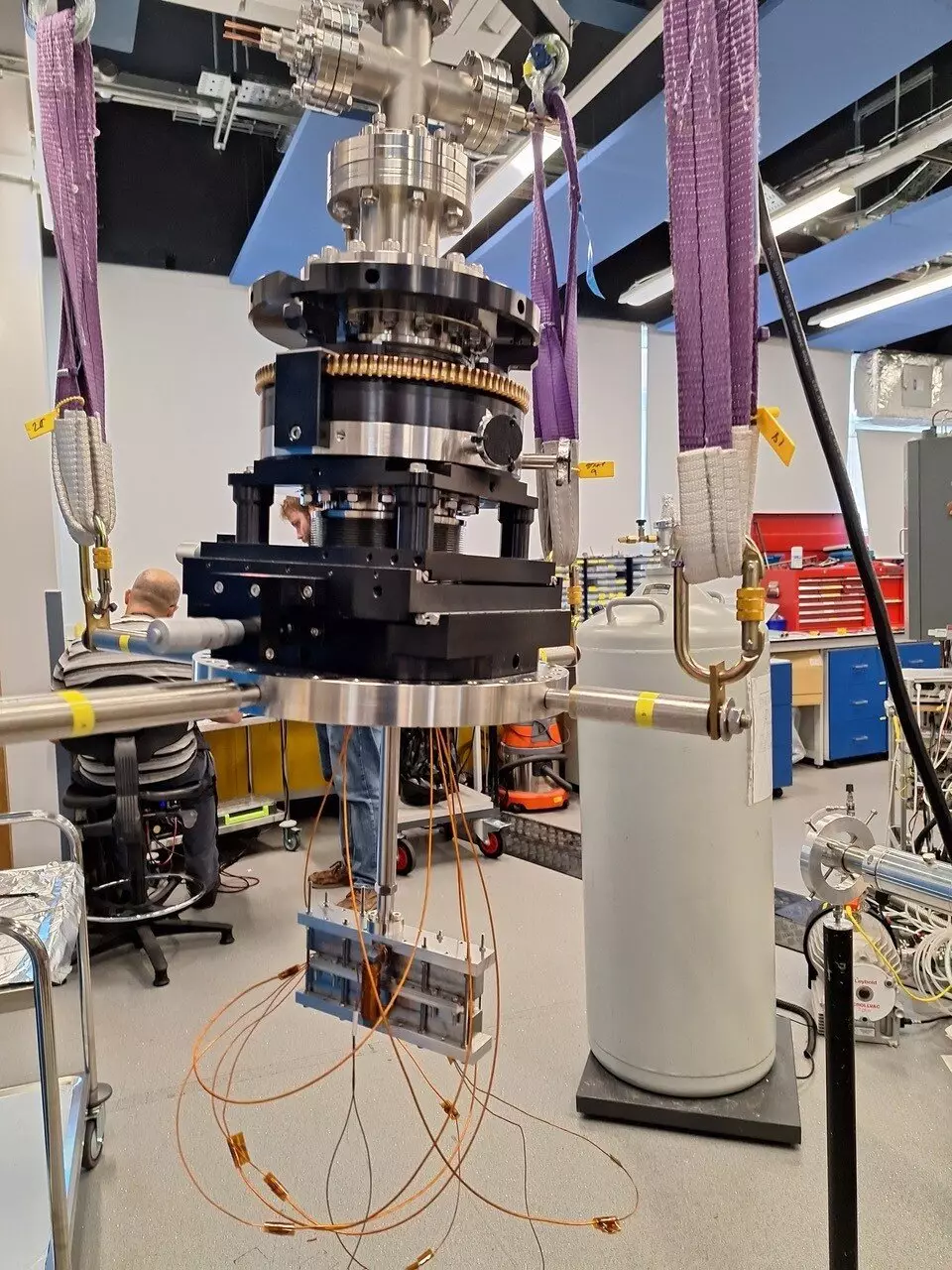In a groundbreaking development, researchers at Swansea University have devised a new imaging method for neutral atomic beam microscopes that has the potential to revolutionize the field of microscopy. This innovative approach promises to significantly reduce imaging time and improve resolution, thereby allowing engineers and scientists to obtain faster results when scanning samples.
Traditional neutral atomic beam microscopes rely on illuminating the sample through a microscopic pinhole and scanning its position pixel by pixel. While effective in capturing images, this method is time-consuming and limits the resolution of the final results. As researchers attempt to enhance resolution by reducing the pinhole dimension, they face a decrease in beam flux and a subsequent increase in measurement time.
The research team, led by Professor Gil Alexandrowicz from the chemistry department at Swansea University, introduced a novel approach to neutral atomic beam microscopy. By passing a beam of helium-3 atoms through a non-uniform magnetic field and utilizing nuclear spin precession to encode the position of the beam particles, they were able to achieve remarkable results. The magnetic encoding method developed by the team offers a faster alternative to traditional pinhole scanning, with the potential to enhance image resolution without significantly extending measurement time.
Ph.D. student Morgan Lowe played a crucial role in building the magnetic encoding device and conducting experiments to validate the new imaging method. The beam profile measured by Mr. Lowe closely matched numerical simulation calculations, demonstrating the feasibility and effectiveness of the magnetic encoding technique. Furthermore, numerical simulations indicated that this approach could improve image resolution while maintaining a reasonable measurement time, surpassing the limitations of conventional pin-hole microscopy.
Professor Alexandrowicz highlighted the wide-ranging implications of the research, stating that the new method opens up diverse opportunities in the field of neutral beam microscopy. Not only does it offer the possibility of enhancing image resolution without requiring excessively long measurement times, but it also holds promise for introducing new contrast mechanisms based on the magnetic properties of the sample under study. With the development of a fully functional prototype magnetic encoding neutral beam microscope on the horizon, the research team aims to explore the resolution limits, contrast mechanisms, and operational modes of the innovative technique.
The advancement of neutral atomic beam microscopy through the implementation of a magnetic encoding method represents a significant milestone in the field of microscopy. By overcoming the limitations of traditional imaging techniques, this new approach has the potential to revolutionize the way engineers and scientists analyze samples, offering faster results and enhanced resolution. As researchers continue to refine and expand upon this innovative method, the future of microscopy looks brighter than ever before.


Leave a Reply